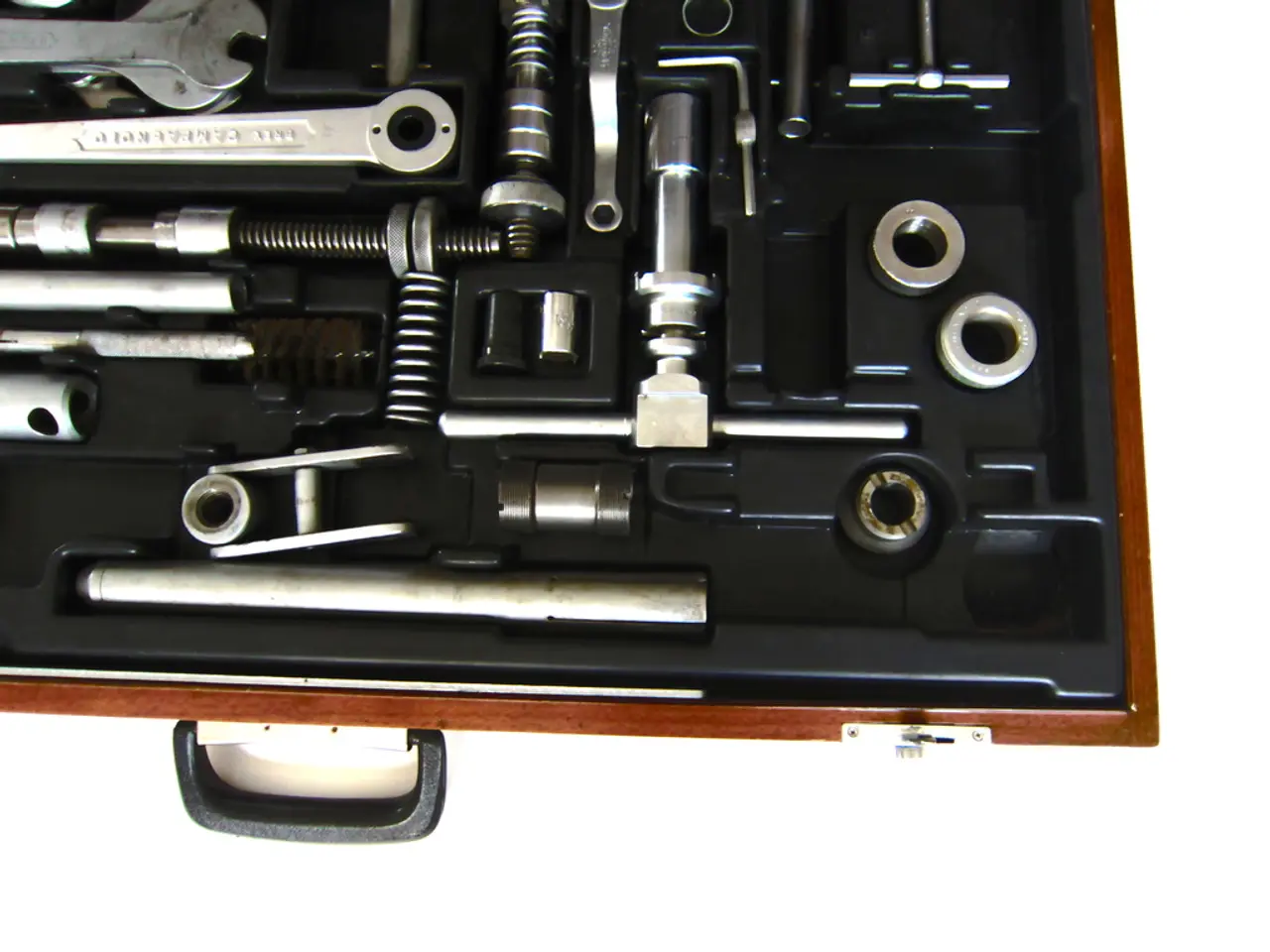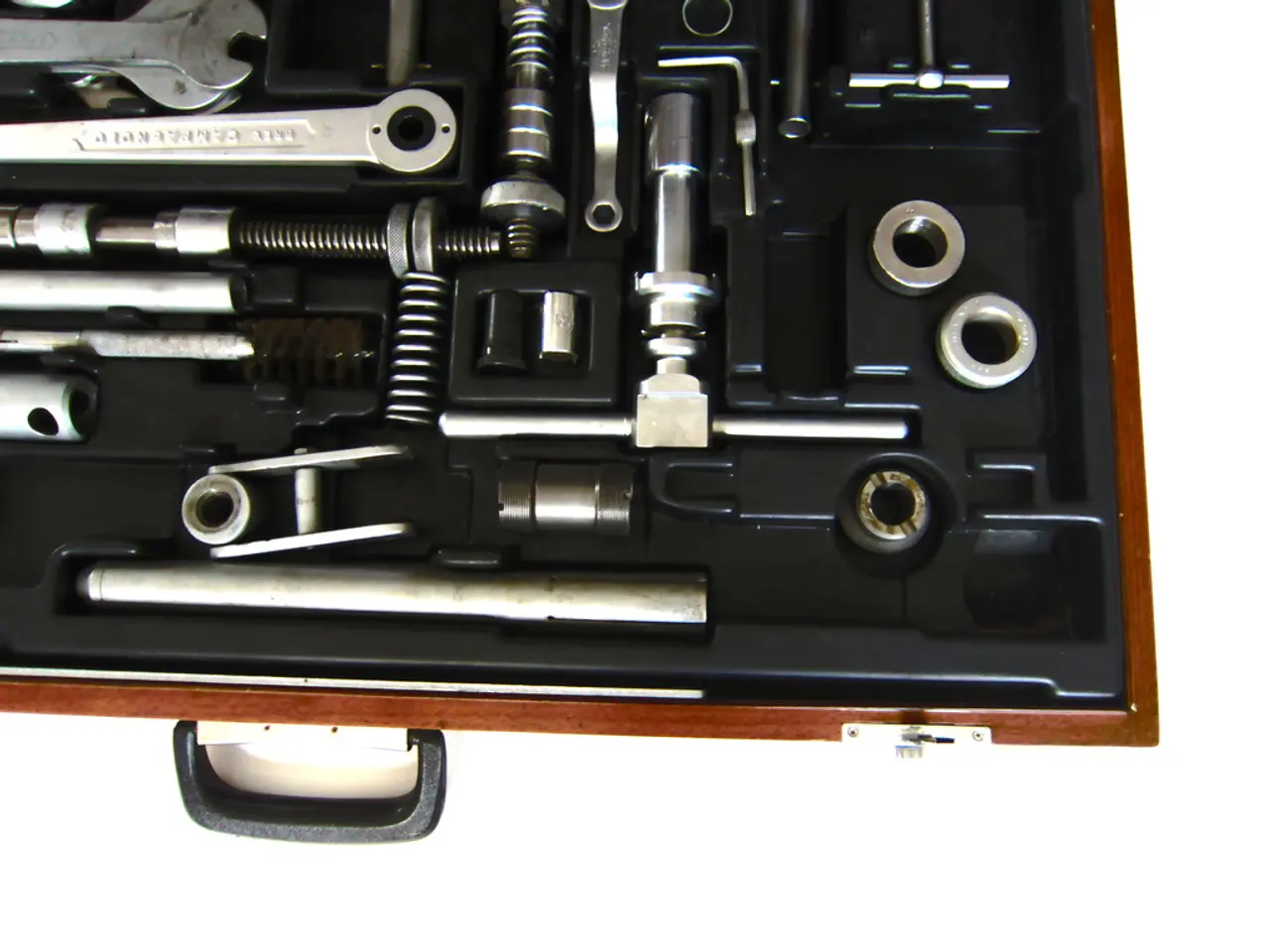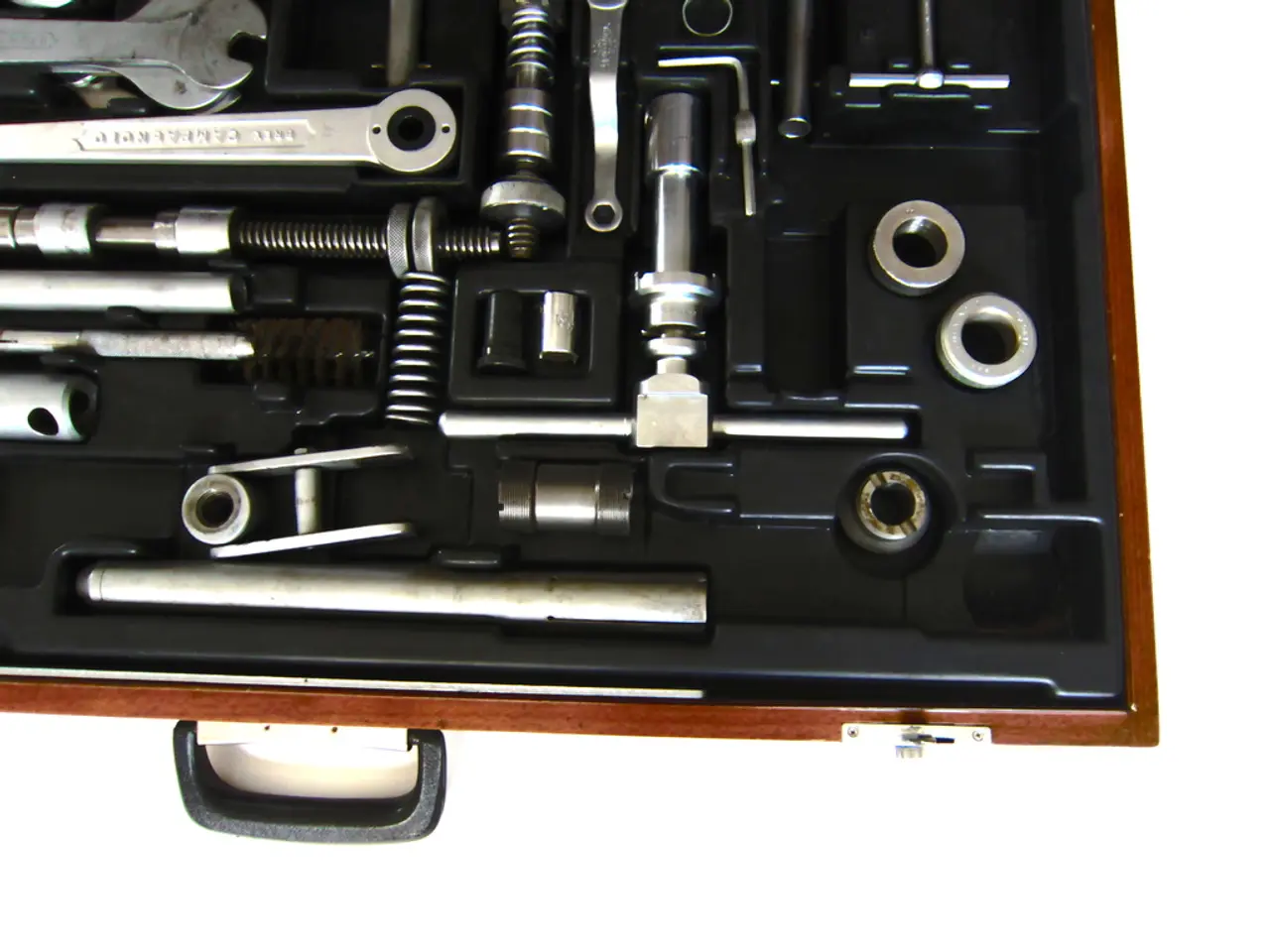The Advantages of Drones for Fire Departments
Firefighting Drones: A Game-Changer in Emergency Response
As wildfires and industrial fires continue to pose significant threats, the role of drone technology in firefighting is evolving rapidly. Autonomous drone fleets are expected to become a common sight, coordinating in real-time to monitor, manage, and fight fires.
One of the key tools in firefighting operations is LiDAR sensors, which map rugged terrains and assess the density of vegetation in the line of fire. This critical information aids structural analysis in cases of structural fires.
Drones are no longer limited to surveillance and mapping. Innovative uses like aerial ignition and delivery of critical supplies are quickly becoming the norm. For instance, the Anafi's Parrot drone can detect hot spots from up to 40 meters in the air, while drones like DJI's Matrice 300 RTK and Matrice 350 RTK are equipped with advanced payloads such as thermal imaging cameras, LiDAR, and specialized communication devices. The Matrice 300 RTK boasts an impressive range of 15 km (9.3 miles), while the Matrice 350 RTK extends its signal range to 20 km (12.43 miles) with the DJI O3 Transmission module.
To maximize power potential, first responders can implement innovative strategies like having quick battery swapping options or tethering drones to a ground station. However, average flight times for drones range between 30 and 50 minutes, which can limit critical firefighting activities and search and recovery efforts. Investing in more weather-resistant drones with robust navigation systems can help mitigate these weaknesses.
The firefighting drone market is growing rapidly, currently valued at approximately $1.33 billion in 2024, and expected to reach $1.47 billion in 2025. This growth is driven by technological innovations in AI, sensor integration, and autonomous operation, which enhance situational awareness, enable faster and safer firefighting responses, and improve monitoring of fire-prone areas.
However, data management and privacy concerns are important considerations when implementing drone technology in firefighting efforts. Fire departments should establish clear standard operating procedures (SOPs) for drone usage, including preflight checks and procedures for data storage and security. Airspace regulations and safety concerns must also be considered when using drones in emergency situations.
To fully capitalize on the benefits of drone technology, fire departments should consider comprehensive training courses. Organisations like DRONERESPONDERS and Pilot Institute offer courses that cover the FAA's Part 107 exam and Certificate of Authorizations (COAs), providing a roadmap to get a department set up with drone technology.
In summary, the adoption of drone technology in firefighting is not just a trend, but a necessity in the face of increasing wildfire incidents and industrial risks. Thermal imaging cameras, swarm algorithms, and AI technologies are enhancing situational awareness, enabling faster and safer responses, and improving monitoring of fire-prone areas, all while reducing risks for human responders.
The simulation of firefighting operations using drones for real-time coordination and decision-making can be a crucial part of training under Part 107 regulations, providing valuable insights for fire departments.
In the future, advancements in technology like AI and enhanced sensors in drones like Parrot's Anafi and DJI's Matrice series may lead to more sophisticated science-driven firefighting strategies.




